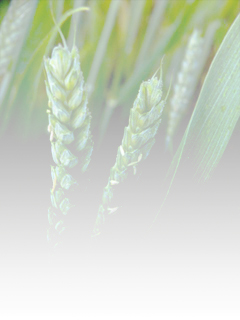Evaluating seeding rates in organic field crop production systems for Tennessee
(Butler, Bates) |
||
Among organic farmers there is a widespread belief that seeding rates for field and forage crops must be far greater than those recommended for conventional cropping systems so that the crop population can better compete with weed populations, primarily at establishment. While research on some organic crops generally supports this premise, it has not been closely examined within the Mid-South and in many cases not researched within an appropriate crop rotation or on certified organic land. This study will allow us to take a systems approach to researching this question, within a reduced-tillage crop rotation we believe to be well-adapted for organic field crop production in the region and allow for evaluation of cumulative treatment effects. Our objectives are to (1) determine the impact of seeding rates (cereal rye/crimson clover, corn, soybean, wheat, cowpea, and red clover) on weed control, crop yields, and soil properties within a reduced-tillage organic field and forage crop rotation and (2) demonstrate and evaluate the feasibility of a reduced-tillage field and forage crop rotation for organic production in Tennessee and the Mid-South. This project began in Fall 2011. | ||


